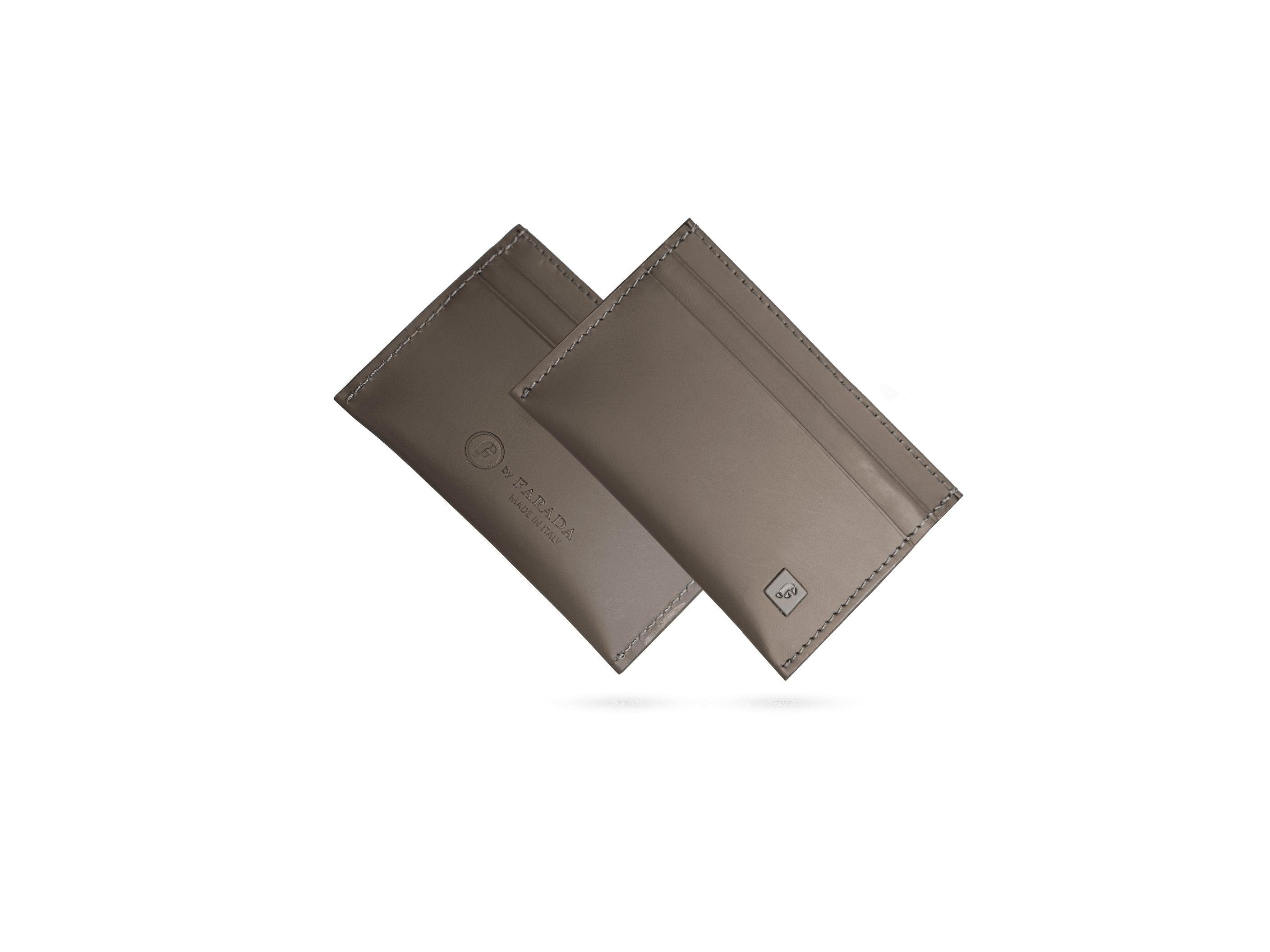Table Of Contents
In previous blogs, we discussed Ortholite insoles and their many benefits for feet and why we at Farada include them in all of our kids and mens Arabic sandals. However, let us quickly remind you of the benefits of Ortholite insoles, which are durability, comfort and support, breathability, lightweight, customization and fit, flexibility, softness, and shock absorption.
All these Ortholite Insole features one of the undisputed best insoles. In order to get the most out of the properties of Ortholite insoles, you need to know when to replace them in order to keep your feet healthy. Therefore, today, we will help you identify the main signs that indicate that it is time to replace the insole.
In fact, investing money in a quality Ortholite insole is a smart choice since its durability and high quality eliminate the frequent replacement process that occurs with other insoles. But when the time comes, changing it becomes essential for the health of your feet.
Ortholite generally aims to practice sustainability under the principle of “Make less, Consume less.” Therefore, Ortholite always strives to use the best-recycled materials to make the insoles last as long as possible.
For more information about the Ortholite insole, you can read the Complete Guide to Ortholite Insoles to learn everything about ortholite insoles, their benefits, uses, and different kinds.
Factors Affecting The Lifespan Of Insoles
Let us now learn about the factors that affect the life of insoles in general, including the Ortholite insole, which includes the following:
Frequency of use: It goes without saying that wearing insoles daily will impact their longevity more than less frequent wear. The amount of time you spend wearing the insole also directly affects the longevity of the insole. As for Ortholite insoles, they are the same, but they outlast regular insoles for months, and during the period of wear, they get the most out of your feet.
Quality of materials used in making the insole: The durability of the insole, which depends on the quality of the materials from which it is made, has a major impact on its longevity. Therefore, the better and higher-quality materials the insole contains, the longer it will withstand wear and tear, which means there is no need to replace it frequently. This is the case with Ortholite, which uses the best materials in the insole to give you greater value in the long term.
Type of footwear in which the insoles are placed: The quality and type of shoe play a vital role in maintaining the insole. Although Ortholite insoles are of high quality even when placed in any shoe, high-quality shoes create a better chance of fit and longevity of the insole because it is not subjected to as much pressure and deformation within the shoe.
Activities: The activities performed while wearing the insole play a role in the wear or preservation of the insole. It is natural that high-impact activities that require a lot of friction, such as running or doing sports, contribute to reducing the lifespan of the insole, unlike many other activities. However, this does not mean that the Ortholite insole is not suitable for intense activities; it is quite suitable and provides your feet with the necessary support during them, but this is only in terms of its longevity.
Tips To Extend The Life Of Your Ortholite Insole
Now that we know the factors that affect the lifespan of insoles, you definitely want to know how to maintain them to take advantage of their effectiveness for as long as possible. To do this, you can do the following:
Store Insoles Properly: Whether you use Ortholite insoles on their own or are included in luxury footwear like the Farada Arabic Sandals, storing them properly will help you maintain both. It is best to store the included insole or sandals in a cool, dry place to protect against extreme moisture and high temperatures. This will help you maintain its properties and shape as well.
Regular care: Regular care helps extend the longevity of your insoles by maintaining their cleanliness and the materials used in them. You can do this in a very simple step, which is to let it dry completely in the air between each wearing.
In fact, Ortholite insoles are a moisture-insulating material that protects your feet from sweating. Therefore, you must let it get rid of the moisture retained in it because it may lead to the decomposition of the materials.
Alternate insoles: Using multiple pairs can significantly reduce wear on each pair due to the effect this practice has on pressure distribution, thus prolonging the life of the insole.
In Conclusion
Ortholite insoles are primarily made to stay with you for a long time. As we have seen, there is no precise or definitive answer to the question, “How long do Ortholite insoles last?”; This depends mainly on several factors, namely the number of times used, the quality of the insole and the materials used in its manufacture, the type of footwear you wear, and the activities you practice. However, you can maintain the longevity of your Ortholite insole by following the tips mentioned above to benefit from it in the long term.













